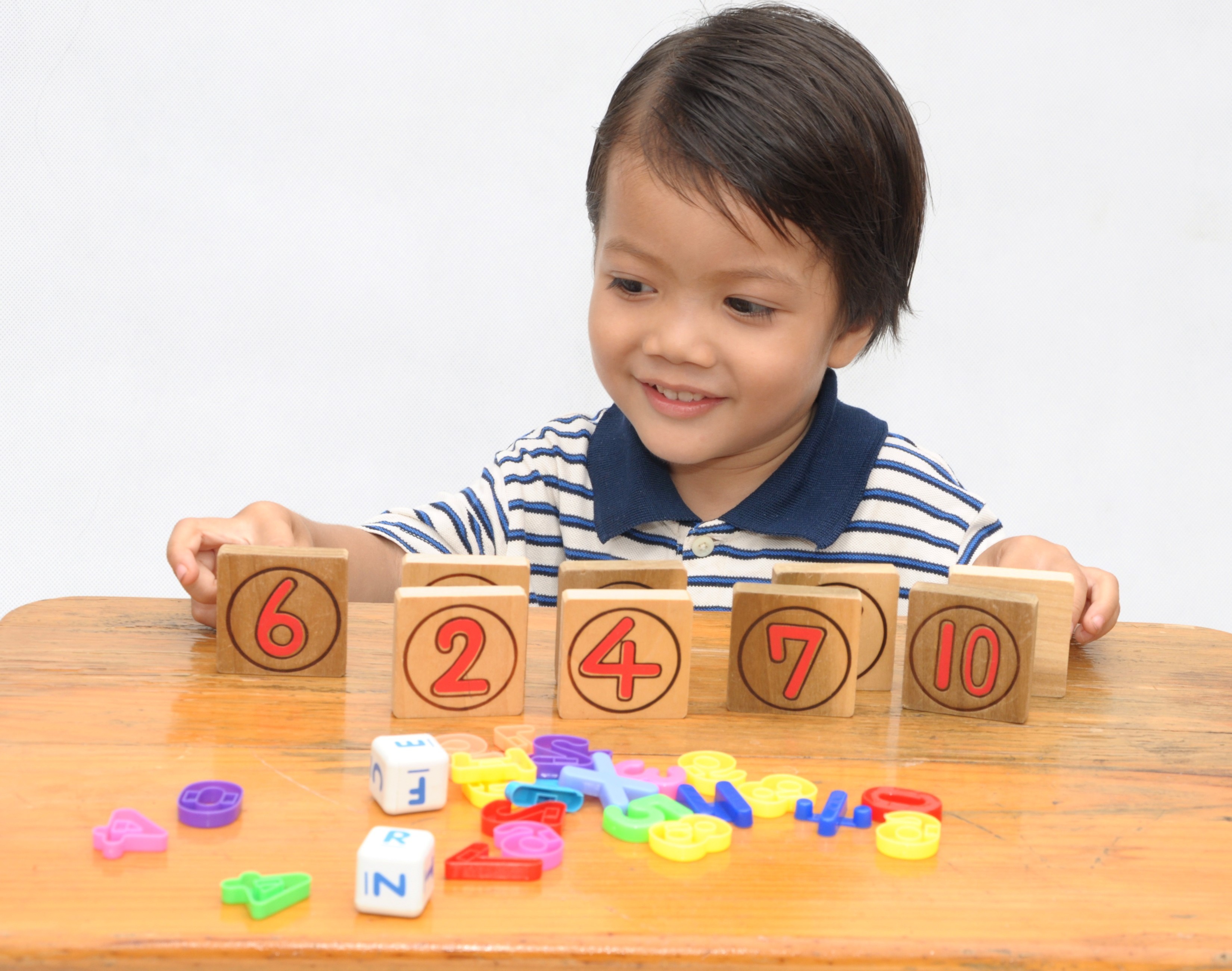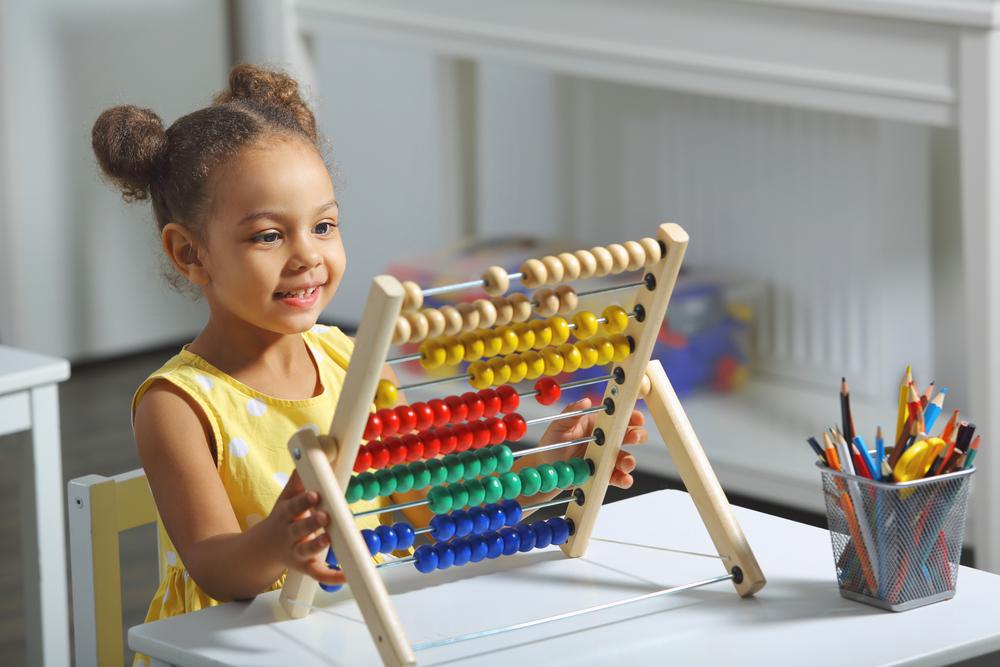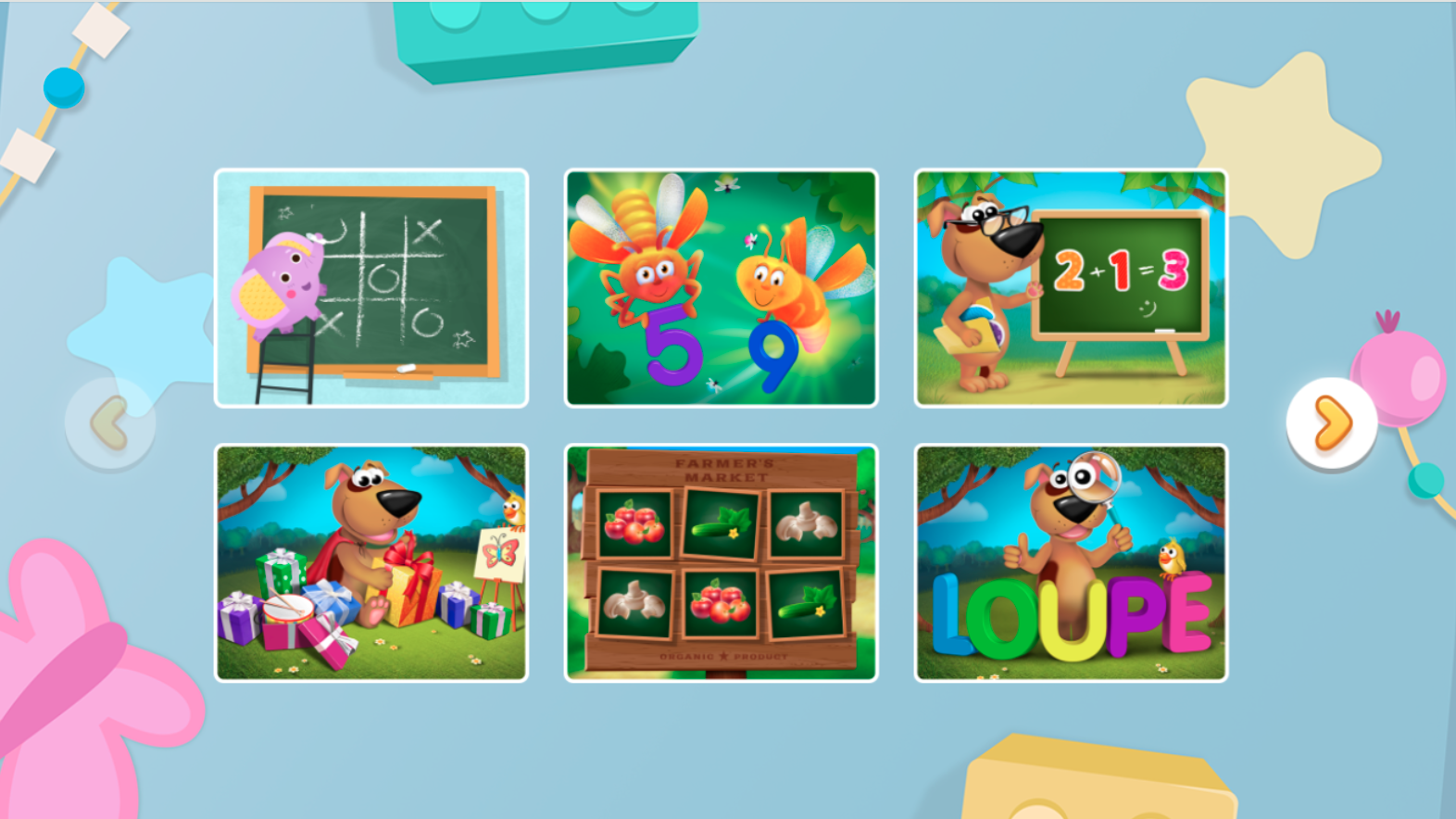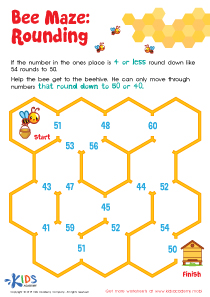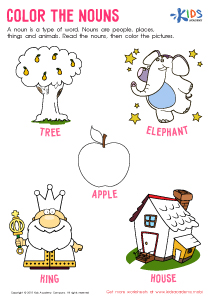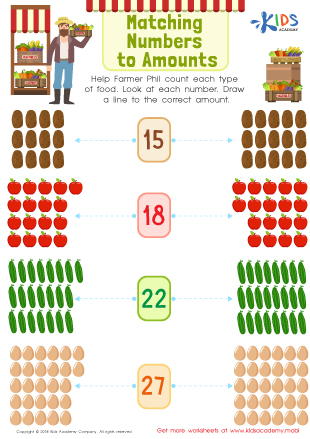Handwriting practice Tracing Numbers Worksheets for Ages 4-9
7 filtered results
-
From - To
Our Handwriting Practice Tracing Numbers Worksheets for ages 4-9 are designed to make learning fun and effective. These worksheets help young learners develop essential handwriting skills while mastering numbers 0-9. Each activity focuses on improving fine motor skills, number formation, and counting ability. With engaging and visually appealing designs, kids stay motivated to practice. Perfect for home or classroom use, our worksheets cater to preschool, kindergarten, and early elementary students, providing step-by-step guidance to ensure academic success. Enhance your child's learning journey with our comprehensive tracing numbers worksheets, fostering both confidence and competence in mathematics and handwriting.
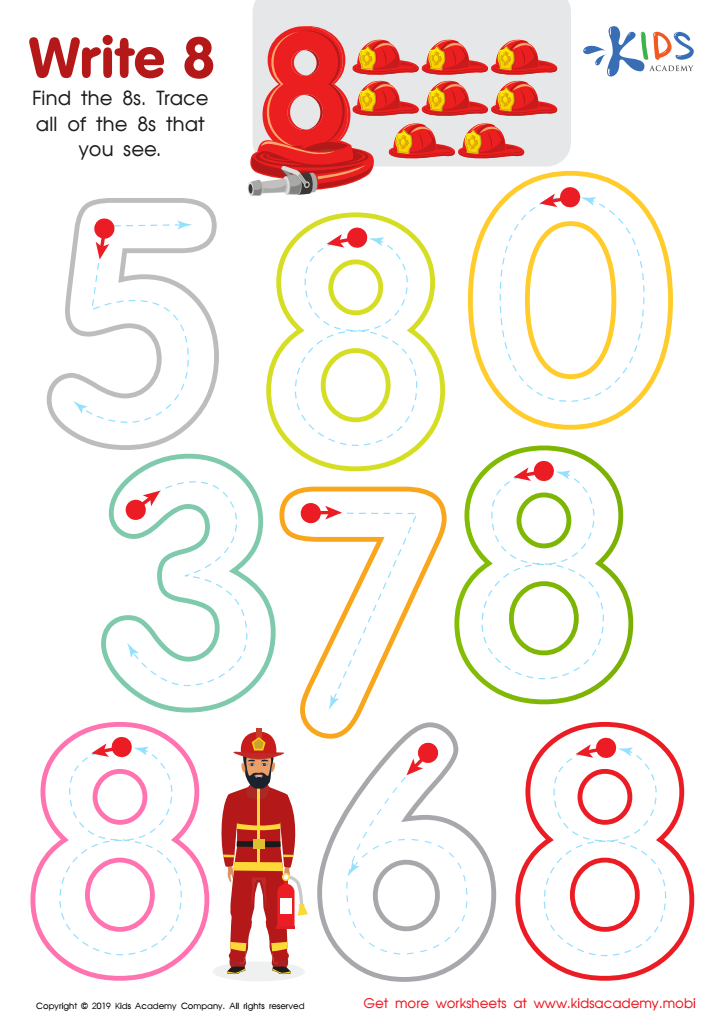

Write 8 Worksheet
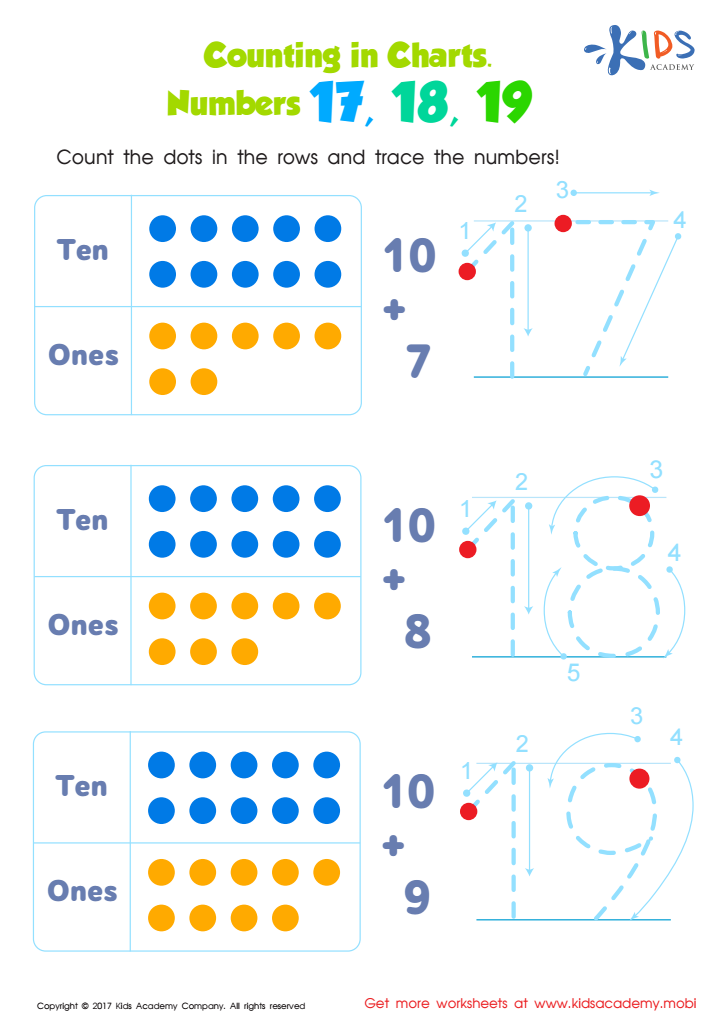

Kindergarten Number Tracing: Counting in Charts Worksheet
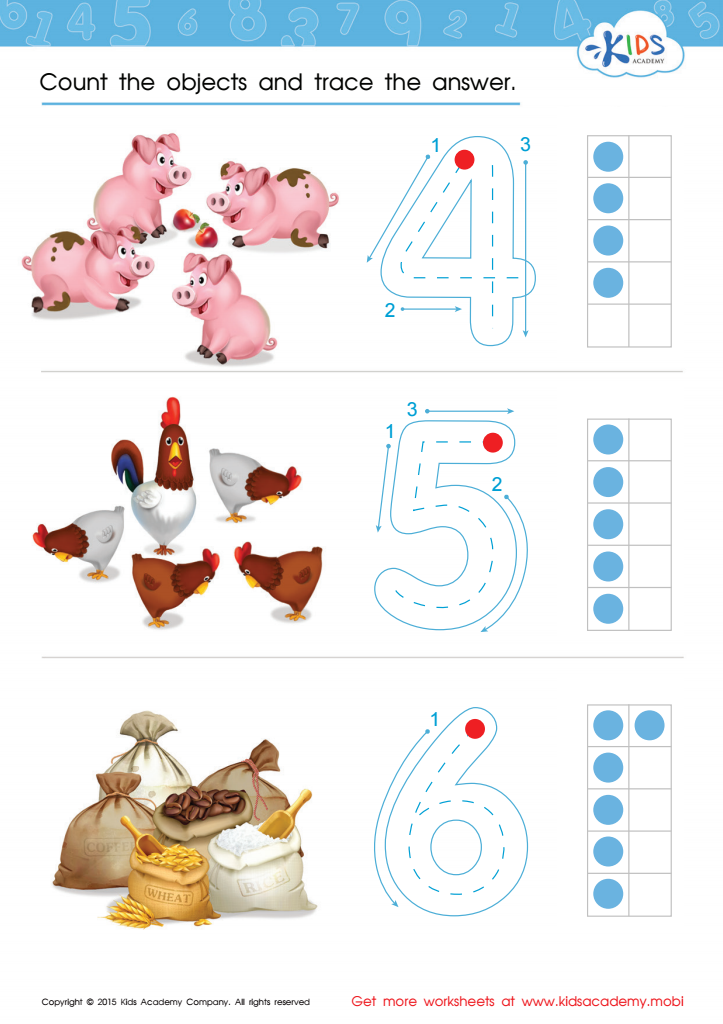

Count and Trace 4 – 6 Worksheet
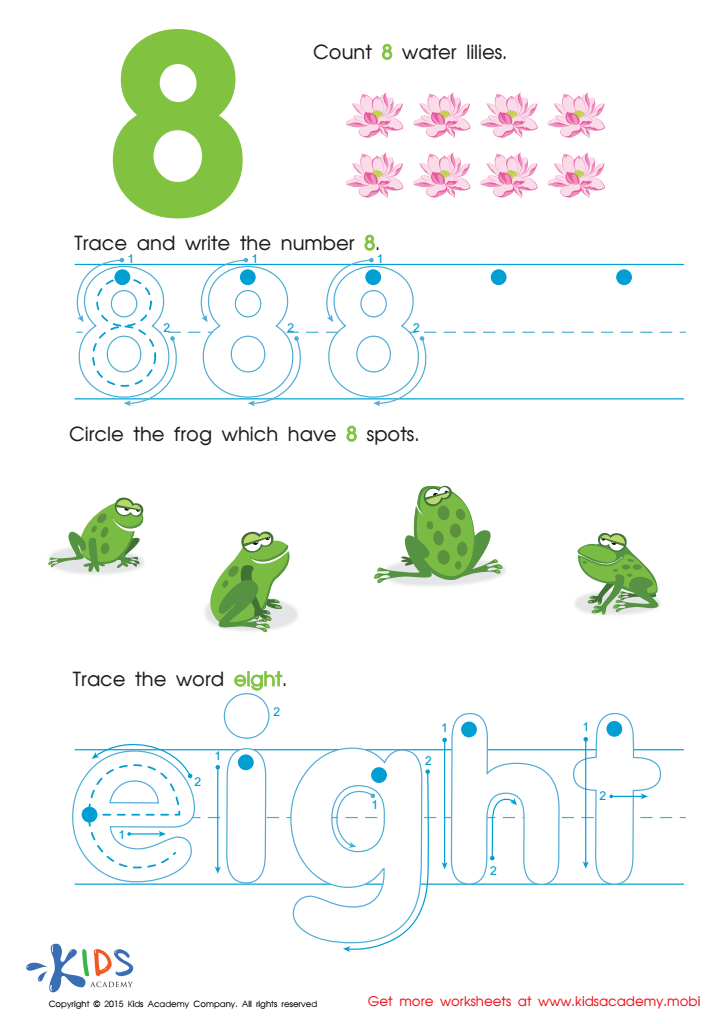

Learn Number 8 Easily Worksheet
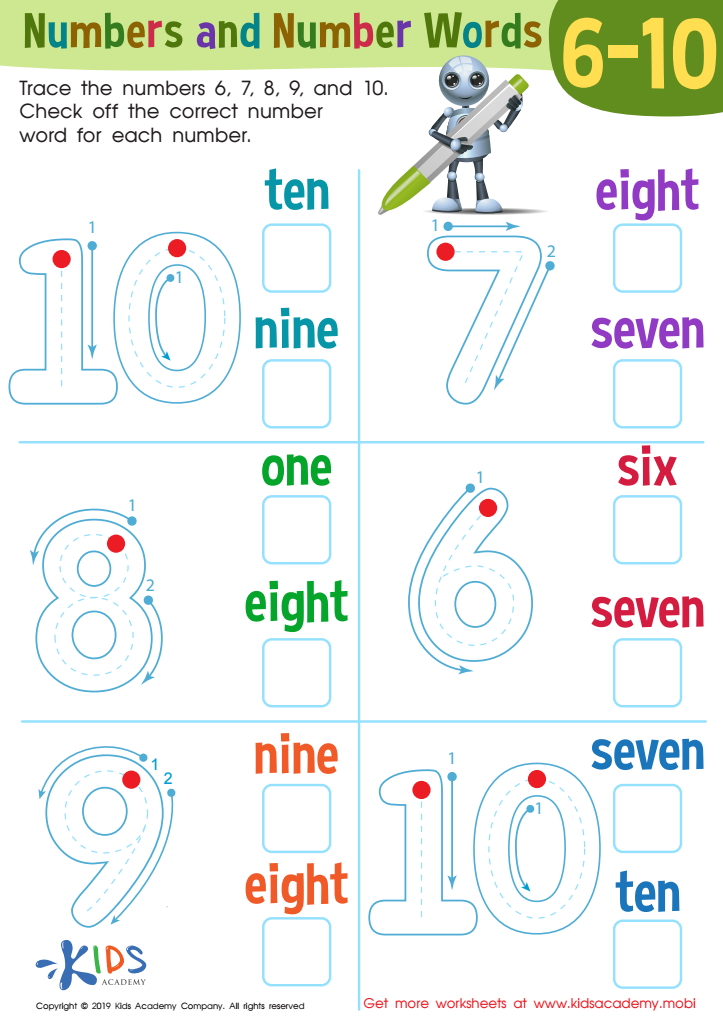

Numbers and Number Words 6–1 Worksheet
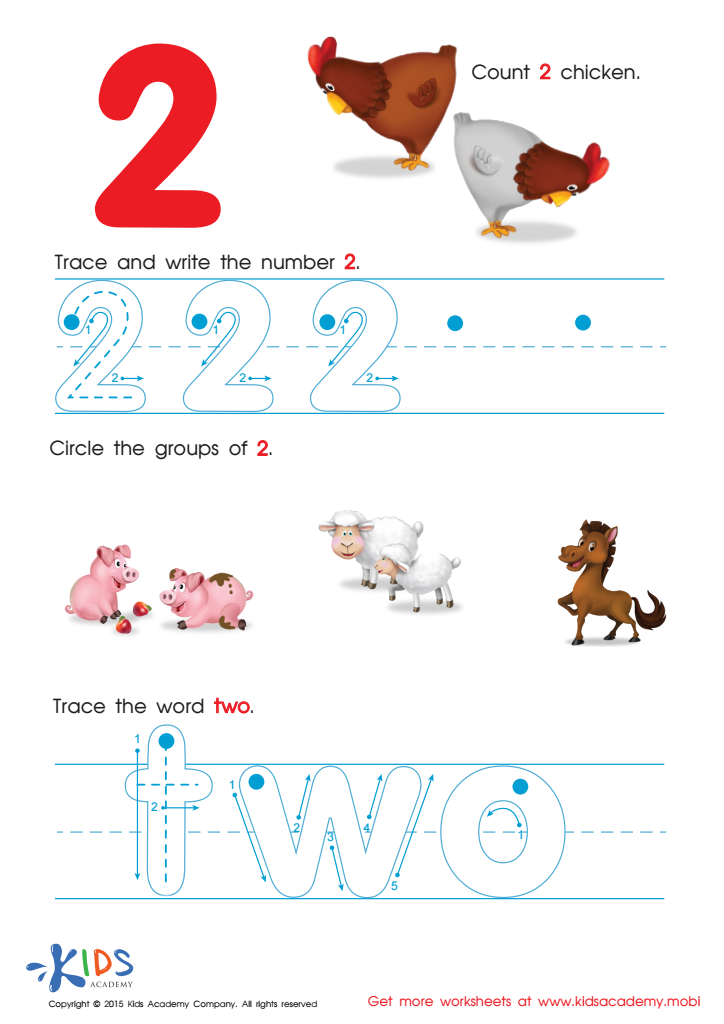

Learn to Write the Number 2 Worksheet
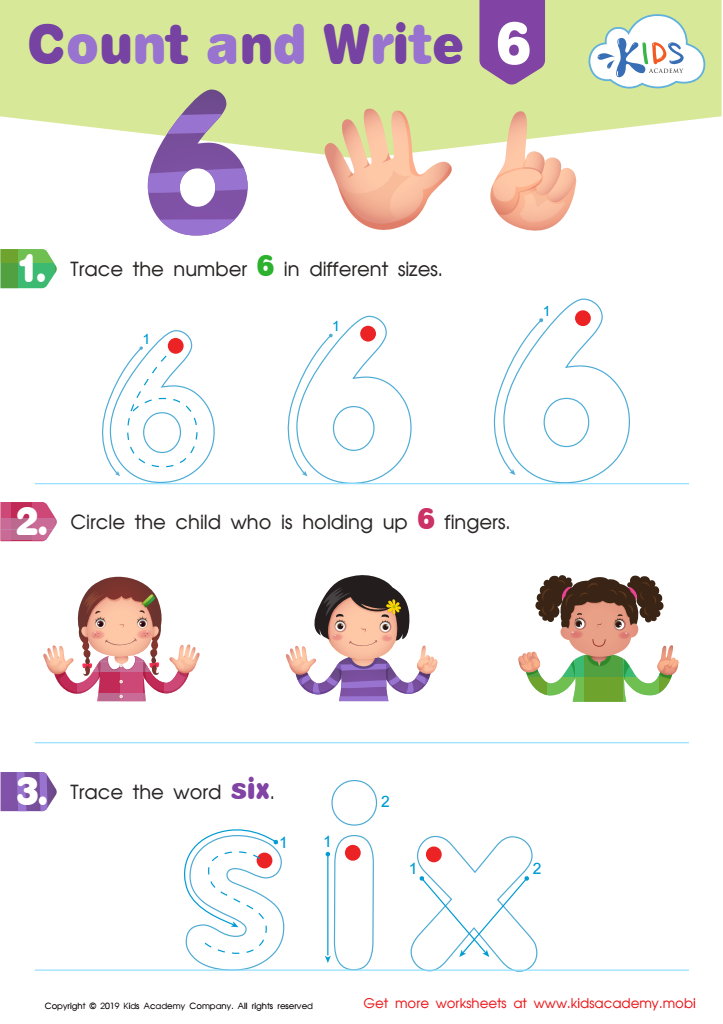

Count and Write 6 Worksheet
Parents and teachers should care about handwriting practice, particularly tracing numbers, for children aged 4-9, because it plays a crucial role in early childhood education and development. For young learners, mastering the basics of handwriting and number recognition goes beyond mere academic skills; it lays the foundation for cognitive, motor, and practical capabilities.
First, tracing numbers helps develop fine motor skills. As children learn to control pencils or crayons, they enhance their hand-eye coordination, dexterity, and muscle memory essential for writing and other delicate tasks. Secondly, engaging in tracing activities establishes solid number recognition and sequencing, key to their early math success. Tracing practices also boost visual-spatial awareness as children learn to consistently represent number shapes.
Moreover, the process of handwriting supports cognitive development, including memory retention, attention to detail, and the ability to follow instructions. It nurtures patience and concentration, skills vital for all areas of learning. Lastly, tracing numbers builds a child's confidence. Mastering this early skill can make other academic challenges seem less daunting, instilling pride in their accomplishments.
In summary, handwriting practice for numbers contributes substantively to physical, cognitive, and emotional child development, forming a well-rounded pathway that supports broader educational achievements and everyday competence in youngsters.

 Assign to My Students
Assign to My Students






